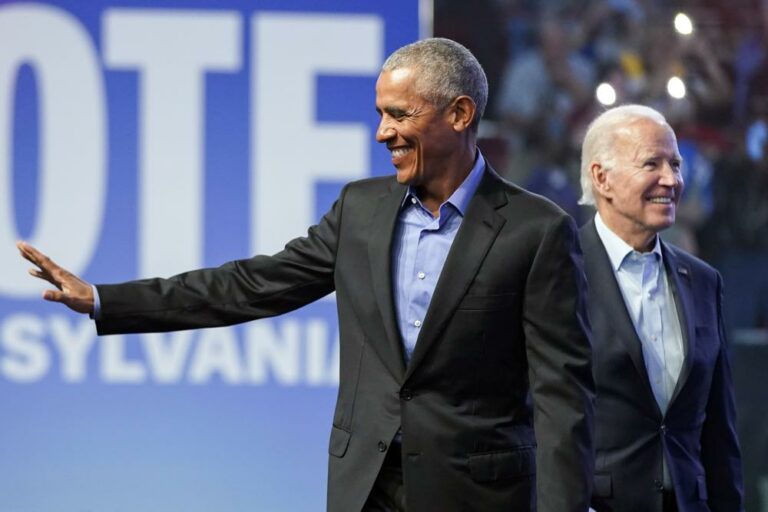 It once was an accepted tactic as old as policing itself and, according to the New York Police Department, a key to the city’s dramatic drop in crime: patrol officers stopping young men on the street to see if they’re up to no good.
It once was an accepted tactic as old as policing itself and, according to the New York Police Department, a key to the city’s dramatic drop in crime: patrol officers stopping young men on the street to see if they’re up to no good.
But thanks to rising concerns about racial profiling, a lawsuit and a 10-week trial with testimony ending May 20, the tool the NYPD calls stop, question and frisk has been scrutinized like never before. A judge could rule to change the way the department makes the stops to better protect civil rights. But skeptics warn the changes could come with a price.
“It’s hard to see how a cop will be able to leave the station house without some potential adverse impact on his personnel folder if it all goes into effect,” said Eugene O’Donnell, a professor of police studies at John Jay College of Criminal Justice. “The public may suffer, too — what officer would want to engage someone on the street if he’s looking over his shoulder all the time?”
The men who sued the NYPD because they believe they were stopped solely for being minorities want across-the-board reforms that include more supervision from department superiors, more comprehensive training and stricter discipline for officers who make illegal stops. They also want a court-appointed monitor to oversee the reforms.
Samuel Walker, a University of Nebraska criminology professor and expert in police policy working pro bono for the plaintiffs, proposed a database where information on an officer — complaints, days on patrol, stop and frisks, and arrests made — would be collected and analyzed to catch potential problem officers. Right now there is no centralized database.
He said sergeants and other supervisors must review officer conduct, not solely their enforcement numbers, and they should be reviewing officers quarterly, not annually. He suggested more training for officers on racial profiling and stop and frisk at the police academy and on the job.
Community input on how to implement the changes through phone surveys, mailings and calls to people who have reported incidents with police should be included.
“A comprehensive approach is absolutely essential because if any one of the components is absent or weak and ineffective, the entire accountability system begins to collapse,” Walker said.
The reforms are necessary, lawyers say, because they believe the policy has created a culture of fear in minority communities. The tactic has existed in some form for decades, but the volume of stops increased dramatically under Mayor Michael Bloomberg and about 5 million stop and frisks have been made during the past decade.
U.S. District Court Judge Shira Scheindlin is not being asked to ban the tactic, which has already been found to be legal. Her options are to leave it as is or order reforms, which appear likely since she’s ruled previously on related cases that changes are needed.
Mid-trial, city lawmakers said they’d reached broad agreement on a proposal to create an inspector general to oversee the department in part because of stop and frisk and a series of stories by The Associated Press on the monitoring of Muslims. The inspector general would function on a macro level weighing in on policy, while the court monitor would enforce nuts-and-bolts changes related to the stop-and-frisk policy.
But morale is already low among the rank-and-file and such changes might make it worse for them, O’Donnell said.
“This will all rain down on the cops,” he said. “The mayor is bullet proof. All the policy makers who formulate or acquiesce to this strategy will be held harmless.”
But O’Donnell, and other experts not related to the case, say some reforms are necessary.
“A court has recognized that while stops and frisk are a legal tactic, what we have going on here is way too much of a good thing,” said David Harris, a University of Pittsburgh law professor who is an expert on street stops.
“Crime has gone down, down, down and especially in minority communities. And still there is a fair degree of alienation and anger. What is happening is that they’re glad there’s less crime than there used to be, but does it have to be done like this? Is there another way?”
The city’s expert witness, James Stewart, the director for the Law Enforcement and Justice Policy at the Center for Naval Analysis, said the department already does much of what the lawsuit seeks. Officers receive extensive training at the academy, a training officer is assigned to police precincts and the department has beefed up safeguards to the stop-and-frisk policy.
To add unnecessary oversight would create additional work and heap more stress on officers who perform an already difficult, dangerous job, the city experts said. Stewart referred to cameras worn by officers in another city, and the judge seized on it, wondering whether it should be used in the NYPD on an experimental basis.
“I’m intrigued by it,” Scheindlin said. “It seems to me it would solve a lot of problems.”
Police and city officials question why — in a city that has seen a precipitous drop in crime — they’re under fire.
“The attacks most often come from those who play no constructive role in keeping our city safe, but rather view their jobs as pointing fingers from the steps of City Hall,” Bloomberg said in a recent speech to police. “Some of them scream that they know better than you how to run the department.”
(AP)










